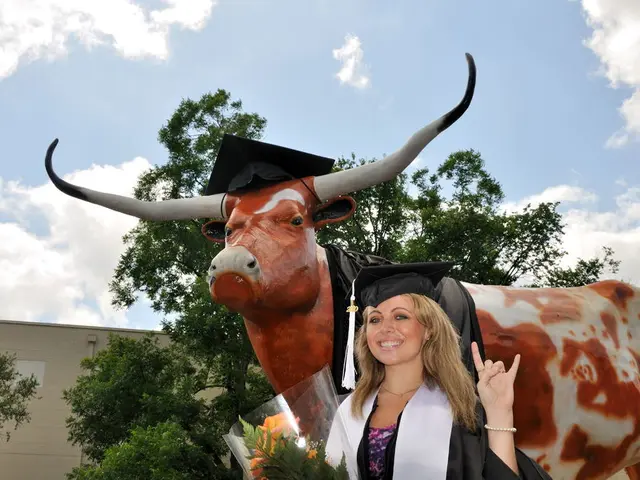Deep Learning-Based Discrimination of Political Media Bias
In the digital age, where social media platforms like Facebook and Twitter dominate the political landscape, detecting political bias in media outlets has become increasingly important. Deep learning algorithms, a subset of artificial intelligence, have proven to be effective in this task, boasting an accuracy of 82%.
Political media bias refers to the tendency of journalists to present news in a manner that favours a specific political point of view or candidate. To detect this bias, deep learning models analyze various aspects of the text, including word choice, sentiment, syntax patterns, and framing.
These models learn hierarchical representations, moving from individual words to broader contextual structures, to classify articles by political leaning. Transformer-based language models, such as DeBERTa, trained on diverse datasets, are commonly used for this purpose.
Other techniques include stance detection methods, which identify supportive or oppositional positions on political issues, and journalism-guided in-context learning, which leverages segmented article-level labels augmented by language model agents to improve prediction accuracy and generalizability.
The benefits of political media bias detection are manifold. It increases transparency, reduces misinformation, and improves public discourse. By enabling large-scale and systematic analysis of media bias and political leaning, it supports media consumers, researchers, and policymakers in understanding and navigating biased information landscapes. It also assists automated content curation and fact-checking efforts to identify partisan slants and enhance news literacy.
However, political bias detection is not without its challenges. Models often underperform on out-of-distribution data, showing reduced accuracy when applied to texts from domains or topics not seen in training datasets. Automated methods may also fail to capture subtle framing, individual positions, and contextual nuances that human analysts typically detect, leading to incomplete or skewed results.
Moreover, AI systems reflect the biases present in their training data, which can perpetuate or amplify those biases in outputs if not carefully managed. Language and cultural variability also pose a challenge, as political bias expressions vary across languages and cultures, requiring tailored datasets and models for accurate detection.
In conclusion, deep learning leverages advanced language models and annotated datasets to detect political bias through classification and stance detection. However, to be reliably effective across diverse contexts, it must overcome significant challenges related to generalizability, nuance, and bias in data. AI tools should support, not substitute, journalists and editors in evaluating and contextualizing findings.
Artificial-intelligence algorithms, particularly deep learning models, are increasingly used in education-and-self-development to detect political bias in media outlets, including news articles and social media posts. By learning hierarchical representations of text and analyzing various linguistic aspects, these models can accurately classify articles based on their political leaning.
However, detecting political bias requires continual learning and adaptation to changing political landscapes and linguistic trends, as well as dealing with challenges such as linguistic and cultural variability, generalizability, and nuance to ensure reliable and accurate results.




